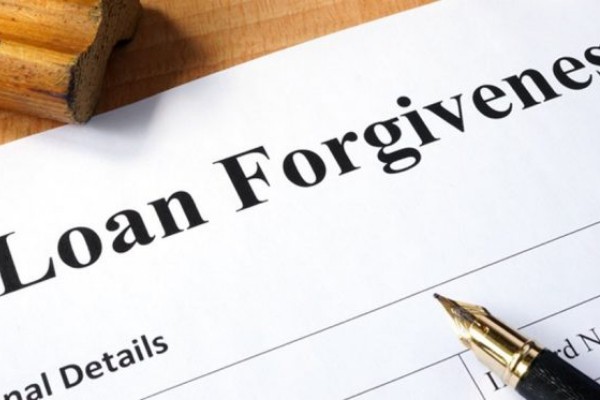A banker friend of mine describes the first round of the Paycheck Protection Program (PPP) as “going to the moon and building the space shuttle on the way.” If you believe the U.S. Treasury and Small Business Association (SBA), the second round appears to be going a little smoother.
Many business owners received loans through the Paycheck Protection Program (PPP). They are looking for ways to use the funds to maximize loan forgiveness. But the specifics around this program continue to evolve on what feels like a weekly basis. We had some initial rules when the legislation passed, some developing guidance since then, and many different interpretations. Still, loads of questions remain.
On April 20, 2020, the SBA published the 3rd Interim Final Rule. It provides additional guidance on eligibility for self-employed individuals. These are people filing Form 1040, Schedule C, like sole proprietors, partnerships, and LLCs. The guidance does not apply to S or C corporations. For our purposes, I will focus on partnerships and LLCs. Update – the SBA issued instructions for the Forgiveness Application and another Interim Final Regulation, this time on loan forgiveness. In both publications, they referred to the fact that “owner-employees and self-employed individuals” cannot count retirement contributions made on their behalf for forgiveness. The use of the term “owner-employees” has caused some concern in the industry. Several commentators have pointed out that this broader term would mean any employee with any incidence of ownership in the plan sponsor. This means it would also apply to the S and C Corps. So we continue to wait for further guidance.
One of the six areas of spending that qualifies for forgiveness is employer retirement contributions. Thus, many business owners are looking to accelerate company contributions during the eight weeks following receipt of the funds.
But there’s a catch I think some companies are overlooking. Question #7 from the Treasury Departments FAQs clarifies that employer contributions to retirement plans are eligible for PPP and not capped by the $100,000 limit on compensation. This makes the rules about this issue seem straightforward.
However, the 3rd Interim Final Rule clarifies that they consider retirement contributions for employees “covered benefits.” These are eligible to count toward loan forgiveness. But retirement contributions on behalf of owners are not “covered benefits” and don’t qualify.
Owners often receive a disproportionate share of employer contributions, such as profit-sharing. Companies accomplish this by using different allocation formulas (as long your plan treats non-highly compensated employees fairly.) If your business is relying on employer retirement contributions to help offset your PPP loan amount, there’s a genuine possibility you could overestimate how much will be eligible for forgiveness. You could be in for a nasty surprise.
If you think these rules could affect your initial calculations and expectations, talk with your attorney, your CPA, and your lender (since they will determine forgiveness amounts).
Also, keep in mind the fluidity of the current environment. I and others expect further guidance to be forthcoming. When it’s released, it should help answer many of the questions regarding the PPP that remain outstanding or murky.
Now with all that said, you still may want to consider accelerating employer contributions for your non-owner employees during the eight weeks if you need to. It may require an amendment to your plan. Keeping in mind is if your plan has allocation conditions such as a last-day or hours of service requirement. Accelerating contributions before you can determine whether participants have met the requirements can create many complexities and problems beyond this blog post’s scope.
I strongly recommended that you speak with your ERISA attorney, recordkeeper, and/or TPA. They’ll help make sure you don’t violate the terms of your plan document and create costly administrative and operational mistakes that you will need to fix (and negate some or all of the loan forgiveness you are trying to achieve).



